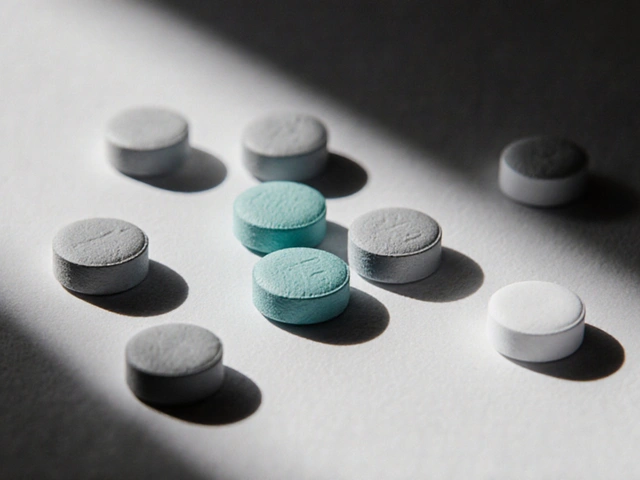Light Sensitivity (Photophobia): What Causes It and How to Manage
Bright lights make your eyes water, hurt, or give you a headache? That's light sensitivity, also called photophobia. It isn't a diagnosis on its own — it's a symptom that tells you something else is going on. This short guide explains common causes, simple fixes you can try today, and when to see a doctor.
Common causes of light sensitivity
Eyes dry or irritated? Dry eye and eyelid problems often make light feel harsh. Corneal issues — a scratch, infection, or inflammation — cause sharp pain and sensitivity. Migraines are a frequent non-eye cause; many people with migraines become intolerant of light before or during an attack. Some medications and eye drops can raise sensitivity. Contact lens wearers, recent eye surgery, and infections like conjunctivitis can also make light uncomfortable. Rare but serious causes include uveitis or optic nerve problems, so sudden severe sensitivity needs prompt attention.
Practical steps to feel better fast
Start with simple fixes at home. Wear sunglasses outdoors — look for UV protection and wraparound frames that block side glare. Polarized lenses help cut reflections from water or pavement. Indoors, swap harsh fluorescents for warm LED bulbs, add lampshades, and use dimmer switches where possible. If screens bother you, reduce brightness, enable blue light filters, or use anti-glare covers.
Try over-the-counter artificial tears for dry eyes; they can reduce irritation and lower sensitivity. For on-the-spot relief, a cool compress over closed eyes calms inflammation. If light triggers migraines, lie down in a quiet, dark room and avoid screens until the attack eases.
For longer-term relief, ask your eye doctor about FL-41 tinted lenses — a rose-colored tint that helps many people with photophobia and migraine-related sensitivity. If you wear contacts, check the fit and hygiene, and switch to glasses when symptoms flare. If a medicine seems to be the problem, talk to the prescribing clinician before stopping it — they may adjust the dose or suggest an alternative.
If infection or inflammation is the cause, your doctor may prescribe antibiotic or steroid eye drops. For migraine-related sensitivity, a neurologist can offer preventive medicines or Botox. Follow-up helps find the right fix.
When should you see a professional? Call your eye doctor right away if sensitivity comes with sudden vision loss, severe eye pain, bright halos around lights, recent eye injury, or high fever and neck stiffness. See a doctor within a few days for ongoing problems that don't improve with basic care, frequent headaches tied to light, or new sensitivity after starting a medication.
For parents: watch for kids who avoid light, keep squinting, or complain of eye pain. Children may not describe symptoms clearly, so changes in behavior — covering eyes, sitting in the dark, refusing bright rooms — are signs to get checked.
Light sensitivity can be annoying, but most causes are treatable. Small changes in lighting, protective lenses, and simple eye care often bring big relief. If the problem feels new or severe, get professional help — better to fix the cause than just hide from the light.

Understanding Eye Inflammation and Its Link to Light Sensitivity
Explore the link between eye inflammation and light sensitivity. Understand the causes, symptoms, and tips for managing these conditions. Discover practical advice for maintaining eye health and reducing discomfort.
Health and WellnessLatest Posts
Tags
- online pharmacy
- medication
- dietary supplement
- side effects
- online pharmacy UK
- mental health
- impact
- online pharmacies
- dosage
- medication safety
- skin health
- health
- pain relief
- dietary supplements
- massage therapy
- medication side effects
- eye inflammation
- health benefits
- mental health treatment
- thyroid medication




